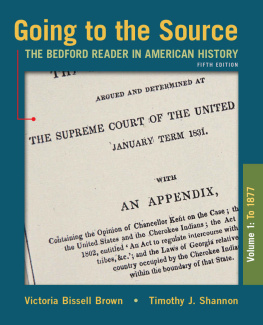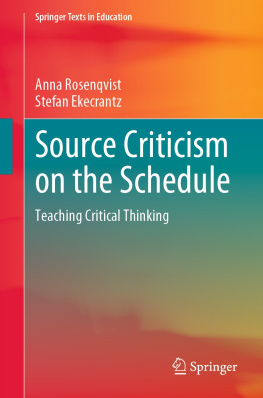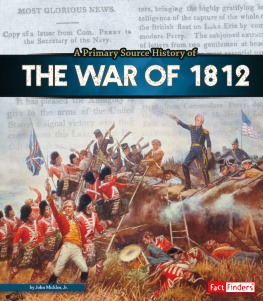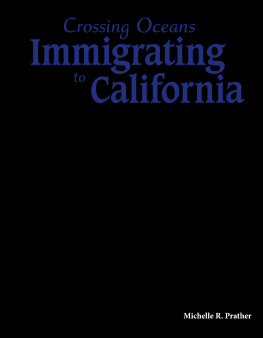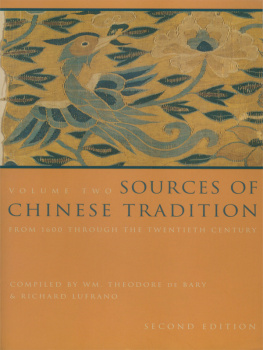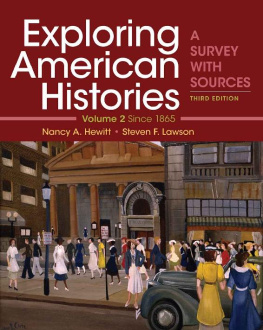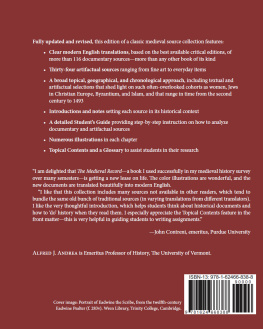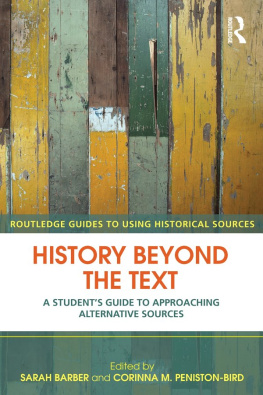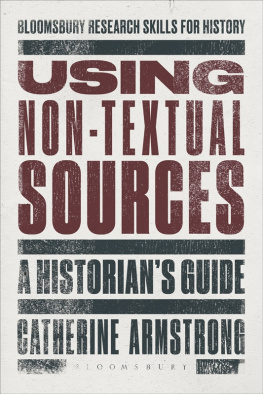
It shows a close up of a page with the title reading Argued and Determined at The Supreme Court of the United; January Term 18 31.

The tips are as follows:
1. Get the background. Read the chapter introduction for historical context. A corresponding screenshot shows the top half portion of the book where the title reads, CHAPTER 4 - Experiencing the New Birth: Diaries, Journals, and Memoirs from the Great Awakening.
2. Understand the Source Type. Weigh the advantages and disadvantages of the source type. Review the checklist for key questions to ask. (See the list of checklists on the next page.) A corresponding screenshot shows a page with a checklist for Interrogating Dairies, Journals, and memoires. Another screenshot show a part of a page with text under the title, Using the Source: Diaries, Journals, and Memoirs.
3. Examine the Sources. Look at the actual sourcesall with informative headnotes and full citations. Organize evidence on the Source Analysis Table. (Instructors can download table at Macmillan learning dot com. Two screenshots corresponds to this tip; one shows a table and the other shows a text under the title, The Source: Diaries, Journals, and Memoirs from The Great Awakening, 17 42 to 17 85.
4. Analyze and Interpret the Sources. Prepare for class discussion or write papers on your own using the analysis questions. Learn about later developments in the story that connect to larger themes in U.S. history. This tip accompanies two screenshots of pages with text under the titles, Analyzing Diaries, Journals, and Memoirs and The rest of the story respectively.
5. Work with Multiple Source Types. Synthesize your interpretations of different source types in the capstone chapter. A corresponding screenshot shows a page with text under the title, CAPSTONE. Coming Together and Pulling Apart: Nineteenth-Century Fourth of July Observations.
6. Do Your Own Research. Consult this section for additional primary sources, relevant secondary sources, and useful online resources. A screenshot, corresponding to this tip, lists sources under the title, To Find Out More.
Interrogating Sources
Ask Questions: Any time you encounter a source, you will want to ask the same questions historians ask. Depending on the nature of the source you are working with, the answers may range from the obvious to the unobtainable.
- When was this source produced and under what circumstances?
- Who produced this source?
- What purpose was this source created to serve?
- Who was the audience for this source?
- What is the point of view in this source?
Use the Checklists in each chapter to help you dig deeper and ask the right questions of specific source types:
Understand Limitations: When working with any source, follow the same principles that historians do and be aware of the limitations of historical evidence:
- Sources are incomplete. You will never have all the sources for any single historical moment, and no single source can tell the whole story.
- Sources have limits to what they can tell you. You must consider what you can and cannot logically conclude from a source.
- Sources have biases, which must be accounted for. Do not dismiss the sources bias or adopt it in your interpretation. Instead, identify the bias and use it as evidence of one viewpoint.
- Sources can conflict. Never hide or dismiss sources that complicate or contradict your interpretation. Either revise your interpretation or explain why conflicting evidence does not alter your interpretation.
Additional Resources
Refer to for help documenting your sources.
Going to the Source
The Bedford Reader in American History
FIFTH EDITION
Going to the Source
The Bedford Reader in American History
- Victoria Bissell Brown
- Grinnell College
- Timothy J. Shannon
- Gettysburg College

Preface
We live in an age of raw data. Every day we are bombarded with unexpurgated leaks, unfiltered images, and unedited texts. That access has fueled even our students skepticism about how others experts, officials, scholars, the press use sources, and how they interpret and present them to us. Increasingly, we doubt the reliability of others interpretation; we want to see the sources ourselves, whether we are studying the present or the past. Going to the Source recognizes that students need tools for interpreting historical sources and that acquiring those tools can give students an appreciation for the ethical methods we all can use to produce trustworthy interpretations of documents.
Collections of historical documents can no longer claim to provide a pedagogical service simply by making primary sources from the past available to faculty and students. The problem students face today is not getting their hands on documents; the problem is learning how to sift through them, assess them, and understand them. Going to the Source is designed to assist teachers with that problem in at least three ways:
First, each chapter centers on a very specific event or definable era so that students can immediately see the importance of context when analyzing any document.
Second, each chapter offers only one type of source, such as newspaper articles, diaries, or song lyrics, so that students can focus on the qualities unique to each type of source. Each chapter is designed to expose students to historians processes and to encourage active interrogation of the sources at hand. Toward that end, we also give students the opportunity to work with a variety of source types on one topic by providing a capstone chapter in each volume where students can engage in historical analysis on an issue that spans several decades and draws from the different sorts of documents discussed in earlier chapters.
Finally, the architecture of every chapter guides students toward a disciplined analysis of sources by offering a contextual introduction; a discussion of Using the Source, which focuses on both the value and the limitations of the type of source in the given chapter; and a Source Analysis Table, which offers an analytical grid intended to push students beyond the cherry-picking approach to data analysis that they instinctively distrust (but often replicate). The Source section then presents that chapters selection of documents or images, followed by a set of analytical questions that can stimulate both written assignments and class discussion. The Source Analysis Tables for each chapter are available for instructors to download from the books catalog page at macmillanlearning.com.
Underscoring our message that document analysis demands understanding of the broader context, we conclude each chapter with two sections: The Rest of the Story, which reveals later developments in the chapters story and connects it to larger themes in U.S. history; and To Find Out More, which points students to additional primary, secondary, and online sources for further study of that chapters topic.
Next page
